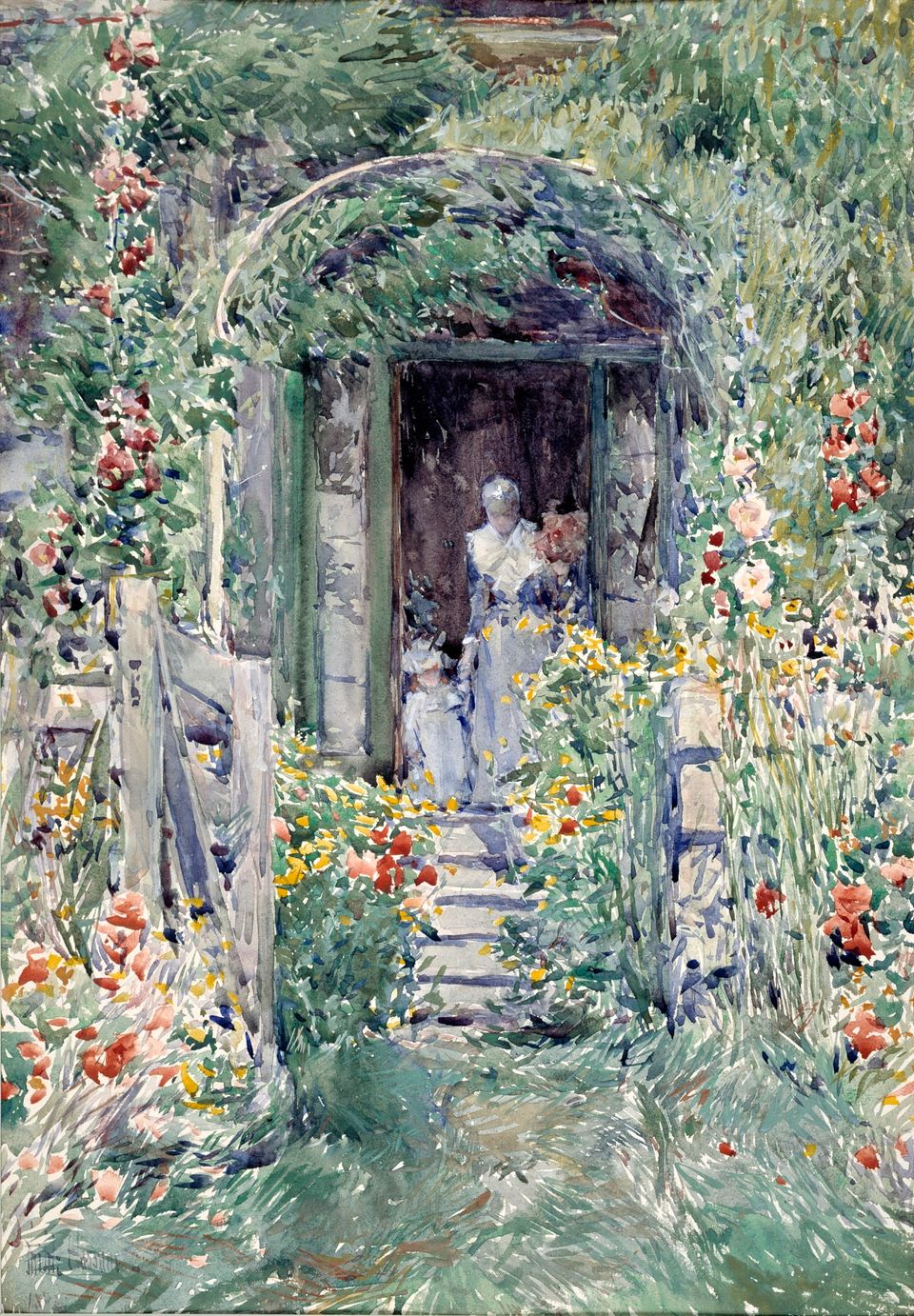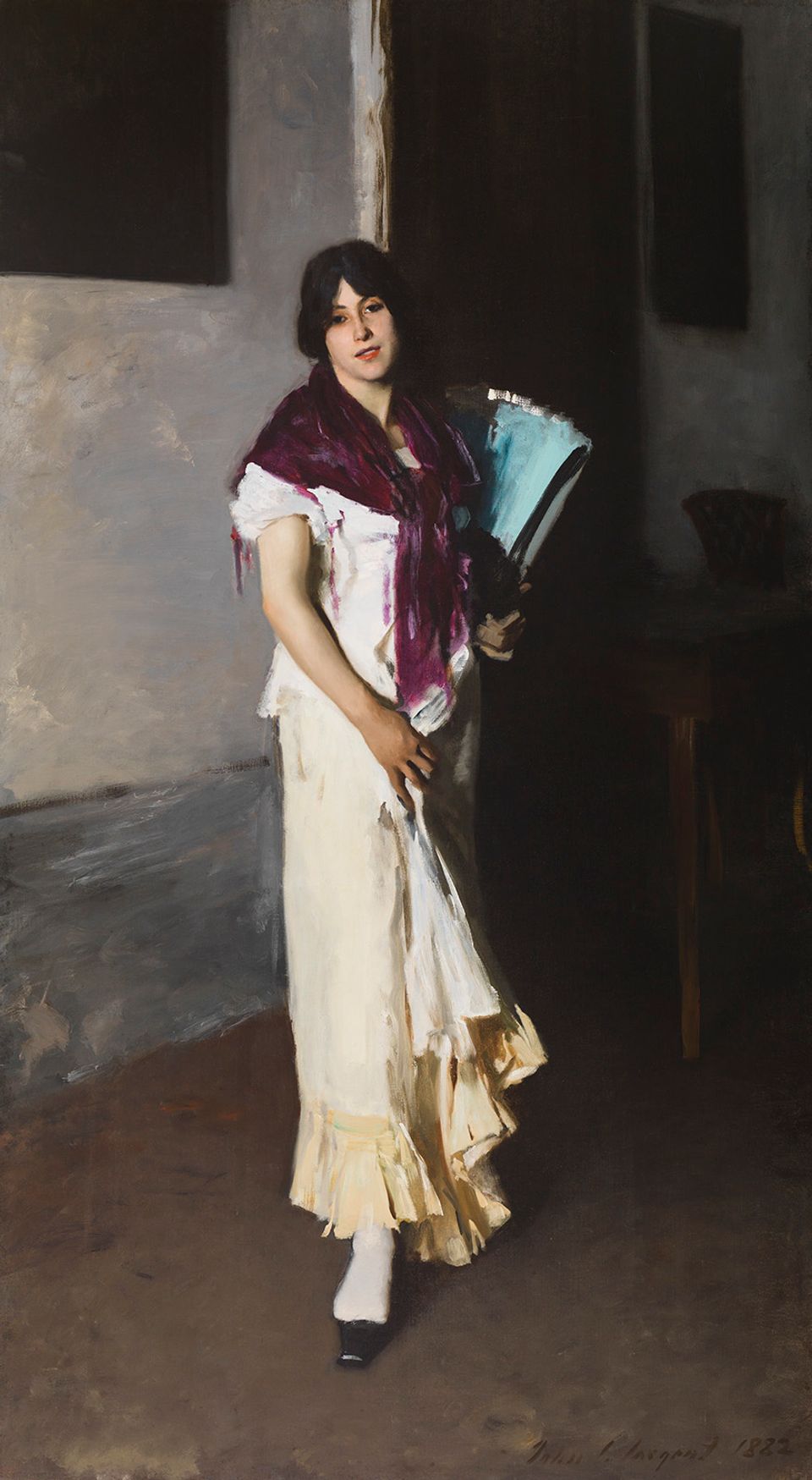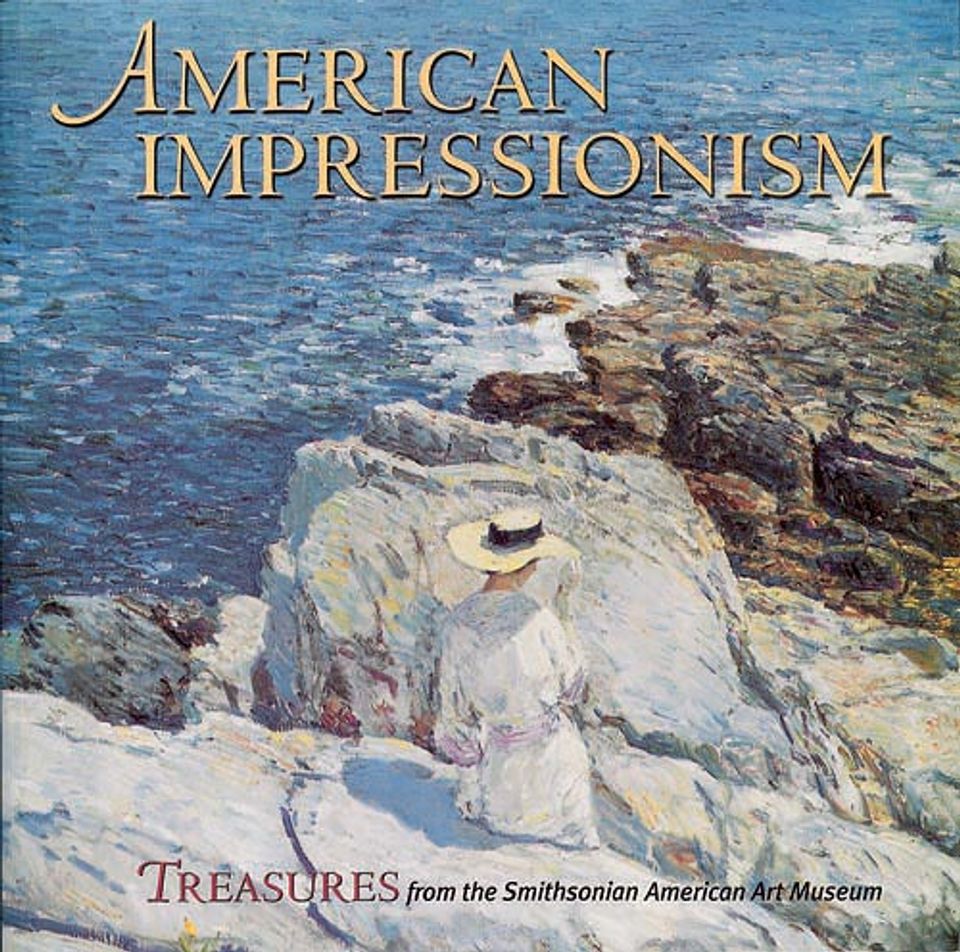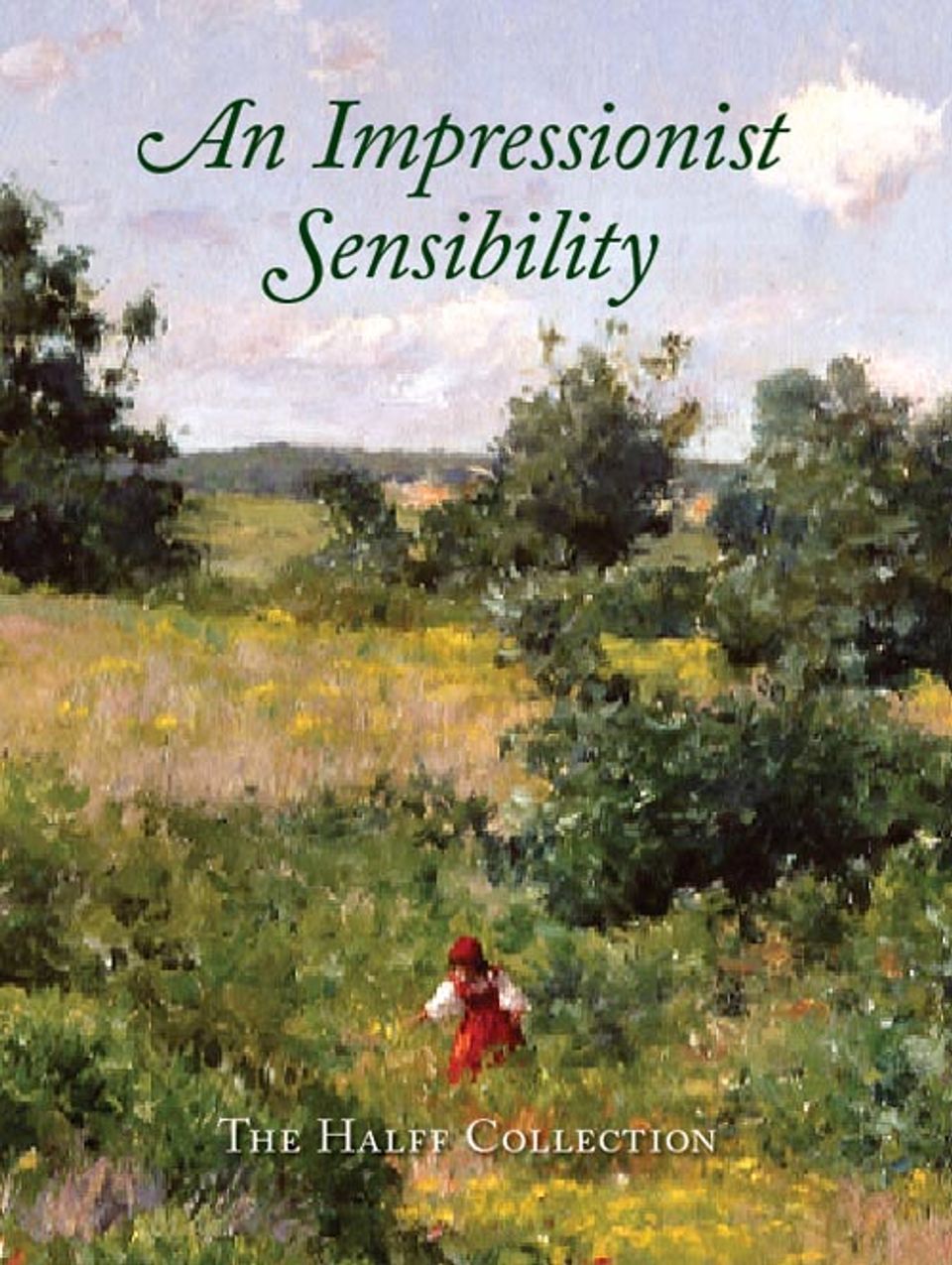William Merritt Chase
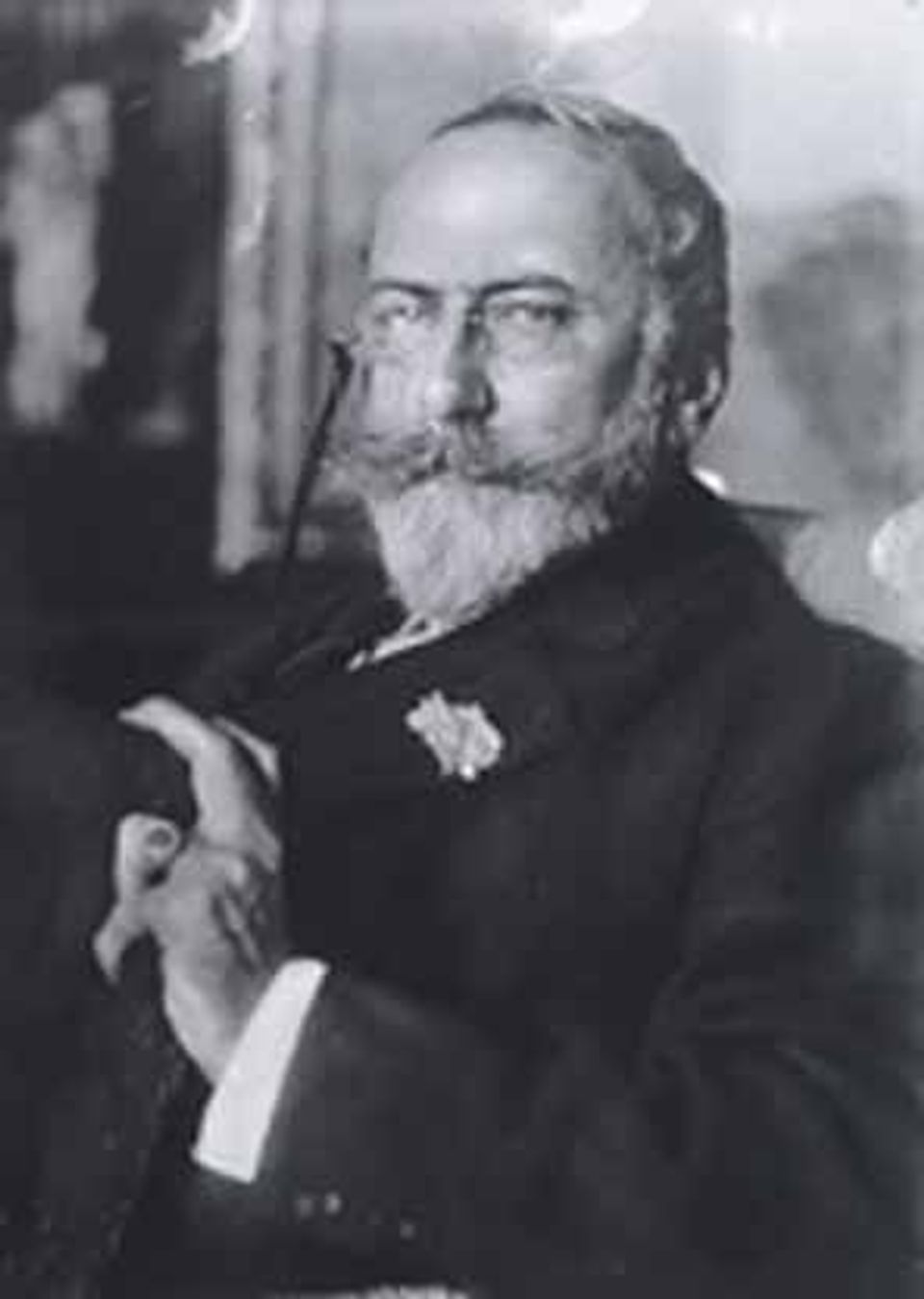
- Also known as
- William M. Chase
- Born
- Williamsburg, Indiana, United States
- Active in
- Shinnecock, New York, United States
- Biography
Painter and teacher. Chase's early paintings, executed in dark tonalities, reflected his training in Munich; his later paintings, most notably scenes of Shinnecock, Long Island, were painted with a lightened palette, reflecting the influence of French Impressionism. He had a lengthy teaching career at the Art Students League, the New York School of Art, the Pennsylvania Academy of the Fine Arts, and the summer school he founded on Long Island.
Joan Stahl American Artists in Photographic Portraits from the Peter A. Juley & Son Collection (Washington, D.C. and Mineola, New York: National Museum of American Art and Dover Publications, Inc., 1995)
- Artist Biography
William Merritt Chase, son of a shopkeeper, left Indiana at the age of twenty to study at the National Academy of Design in New York. Domestic financial reverses interrupted his studies as his family resettled in St. Louis. Young William's talent so impressed several businessmen in that city that they proposed to underwrite his further study abroad. In 1872, Chase began attendance at the Royal Academy in Munich, where he remained six years and acquired the flashy old-master style with dark palette and virtuoso brushwork, which characterized that popular academy. A sojourn in Venice with fellow students Frank Duveneck and John Twachtman rounded out his European training. He returned to New York in 1898 to assume a teaching post at the Art Students League, beginning an enormously successful thirty-eight-year career that would include such students as Edward Hopper, Georgia O'Keeffe, Rockwell Kent, and Charles Sheeler.
Once settled into Manhattan, Chase rented studio space in the old Tenth Street Studios, previously occupied by painters of the Hudson River school. Brimming with self-confidence and resolved not to be outshone in his accommodations, Chase acquired the vast salon space in which Albert Bierstadt had executed his monumental western landscapes. At great expense, Chase converted the studio into an exotic showplace, which became a social center for the local artistic fraternity; the gesture enhanced his reputation as a genteel Bohemian and also attracted numerous prestigious and remunerative portrait commissions.
In 1881 the Belgian painter Alfred Stevens encouraged Chase to abandon the bravura old-master technique he had acquired in Munich and to experiment with a modified impressionist style by lightening his palette and enlivening his picture surface with looser, more painterly brushwork. Chase explored this new direction further by experimenting with pastel and plein air painting.
In 1886 he married Alice Gerson, a family friend who had modeled for him, and they produced a large family whose members became favored subjects for his brush.
In 1892 he built a summer home at Shinnecock on the south branch of Long Island. There, among the dunes, in the bright sunlight and sea air his painterly impulse was given free sway, and he produced some of his freest and loveliest work. Shinnecock also became one of his most successful and popular teaching venues, and he was encouraged to initiate the Chase School in Manhattan, which was modeled on the Académie Julian in Paris. But Chase lacked the business acumen to make it succeed, and under other management it became the New York School of Art.
During these years Chase had developed and continued to employ two different styles of painting: the impressionistic plein air landscapes and genre scenes, and the somber realism of his portraits and still-life works. In his later years his still-life oeuvre was enhanced by an extraordinary series of fish studies, in which the artist's virtuoso brush transforms the pink and white luminosity of the recumbent fish to an object of almost abstract beauty. He often executed such studies in three or four hours.
In 1902, after the premature death of his friend John Twachtman, Chase was invited to join the recently organized Ten American Painters and he continued to exhibit with them until the end of his working career. After a long and painful illness, Chase died in 1916, at the age of sixty-seven, mourned by hundreds of devoted students. Sadly, only three years before, examples of his work had been excluded from the momentous Armory Show, which signaled a new era for American art. Chase's reputation languished for several decades thereafter.
Emery Battis Artist Biographies for the exhibition American Impressionism: Treasures from the Smithsonian American Art Museum (Washington, D.C.: Smithsonian American Art Museum, 2000)














